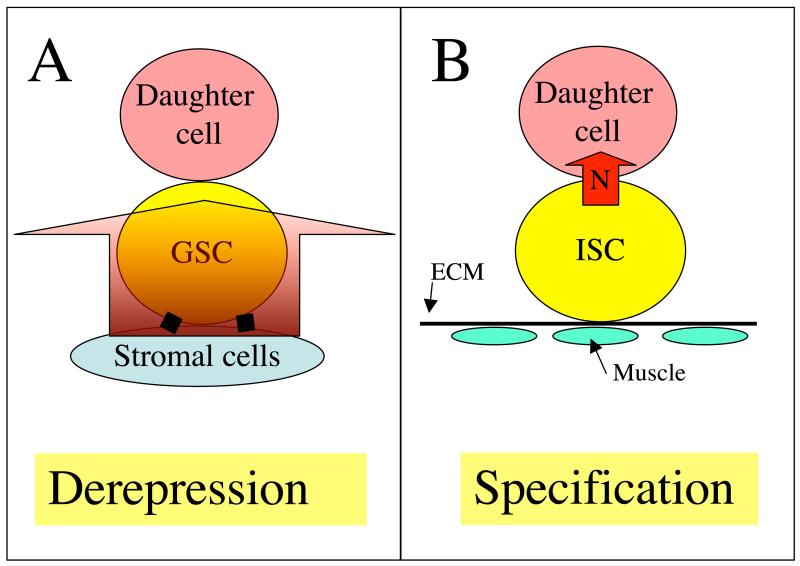Figure 3. Two general classes of stem cell asymmetry.
A) The preprogrammed differentiation of the first class of stem cell, that includes Drosophila GSCs, is only repressed by a local signal (red arrow) generated by nearby stromal cells. Daughter cells become derepressed by becoming displaced from the repressive signal within the niche and differentiate. Mammalian GSCs may use a related mechanism as they are preferentially found near (but not attached to) hormone-producing interstitial cells (Yoshida et al., 2007a). B) A second class of stem cell requires signals to differentiate, such as the Drosophila intestinal stem cell (ISC) pictured. ISCs divide asymmetrically such that only one daughter receives a (Notch) signal that specifies its fate (Ohlstein and Spradling, 2007). Asymmetric partitioning of Notch activity also maintains Drosophila and mouse neural progenitors (Lee et al., 2006; Petersen et al., 2004).

